10 tips to make a vehicle more secure 2022
Many people depend on their vehicles for everyday needs, such as commuting for work, school runs, shopping, and visiting family and friends. At the beginning of 2021, almost 33 million vehicles were registered in the UK. According to the RAC Foundation, out of 26.5 million people aged 16-74 who work in England and Wales, approximately 16.7 million people either drive themselves to work (15.3 million) or catch a lift (1.4 million).
Vehicle security is crucial for all drivers who don't need or want their busy lives and schedules disrupted by having their vehicles targeted by thieves.
However, all cars and vans are vulnerable to theft. Figures published recently from the DVLA unveiled an astounding 74,769 vehicles were reported stolen during 2020. That averages 205 vehicles being stolen each day throughout 2020 (including motorcycles) or one vehicle being stolen every 7 minutes. That is nearly 20,000 more vehicles that were stolen compared to 2019.
Unfortunately, these statistics counter the theory that vehicle thefts would decrease after the Government imposed Covid-19 restrictions during 2020. Pandemic-related economic impacts could even be a big reason for the increase in vehicle thefts.
.jpg)
Please don't think that if you've got an upmarket and modern car, its high-end security will keep it safe.
The latest data reveals that there are almost 1.7 million more high-end cars on UK roads compared to 2015. The data also unveiled that, of all vehicle thefts reported, upmarket models accounted for nearly two-fifths (37 per cent) despite representing only 25 per cent of all vehicles on the road. With over 67,700 luxury cars stolen in the past five years, on average, this relates to one high-end model stolen every 38 minutes.
2.jpg)
While premium brands remain the top targets for thieves, the average value for stolen vehicles tends to be £20,000. Back in 2018, the most expensive recovery was a Rolls-Royce Ghost worth £120,000, and the least costly was a Toyota Land Cruiser, worth just £1,000.
To help keep your car or van as secure and protected as possible, Fleet UK has compiled some tips to try and keep your vehicle and its contents as safe as possible.
1. Avoid keyless theft
.jpg)
Although rapid development of in-car technology has dramatically enhanced drivers' experience, it has also enabled criminals to abuse weaknesses in electronic security. UK Police chiefs recently warned owners of keyless cars of an increase in car thefts by criminals using mobile gadgets to copy their electronic codes.
The process criminals go through to steal vehicles using keyless theft is this. Operating in pairs, one thief stands by the car with a transmitter while the second thief carries the amplifier around the house's perimeter.
If the car owner's key is close enough, the amplifier can boost its signal and direct it to the transmitter. The transmitter then effectively becomes the key and fools the vehicle into thinking the real key is nearby, at which point the criminals can open the car, get in and speed away. The thieves can complete this process within only 60 seconds and in near silence.
Between May and June 2021, vehicle crime rose by 3.1%, provisional figures from the National Police Chiefs' Council (NPCC) show - the majority of it down to keyless theft.
Car thieves use 'relay technology' to receive the key's signal from inside the vehicle owner's home and transfer it to a portable device before unlocking and starting the vehicle.
We would encourage drivers to take easy steps to keep their vehicles safe, like storing their keys in protective pouches or metal tins that block the devices criminals are using.
2. Invest in a steering wheel lock
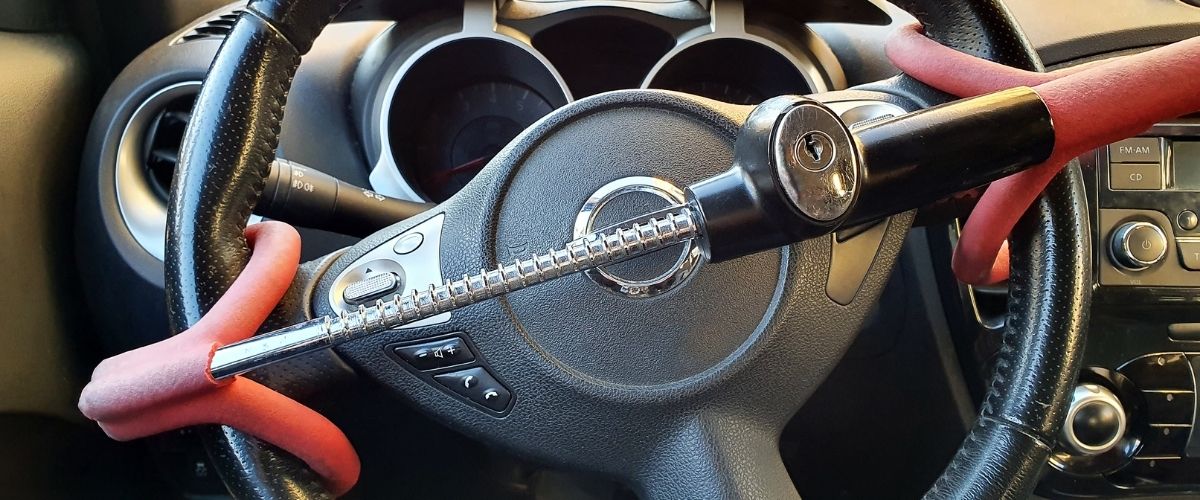
A steering wheel lock is a locking rod-type device made of plastic and metal that stretches across a car’s steering wheel to prevent thieves from being able to steer the vehicle properly.
Steering wheel locks were a common sight back in the 1980s and '90s. They are coming back into fashion to use old-school mechanical devices to stop high-tech car crimes such as relay theft.
However, don't depend on the steering wheel lock being a single source security deterrent. Unfortunately, steering wheel locks, can be defeated simply by determined thieves in as little as under four minutes. Numerous cases have shown professional thieves stealing vehicles equipped with a steering wheel lock by merely cutting a portion of the steering wheel to remove the device or by drilling or cutting the device itself to disable it.
Using only a steering wheel lock as a theft deterrent could work in some situations, but combining it with other anti-theft devices is better.
Halfords stock a range of steering locks, including their own Double Bar steering wheel lock and the Disklok Steering Lock that covers the entire wheel.
3. Get your car windows etched
.jpg)
It's worth having your car windows etched with your vehicle's registration or vehicle identification number. This can help make the car less attractive to thieves as it will be more challenging to sell on, and it will also make it easier for the police to recover if it is stolen.
For only £20 you can get your vehicle windows etched from Halfords.
4. Fit a dash-cam
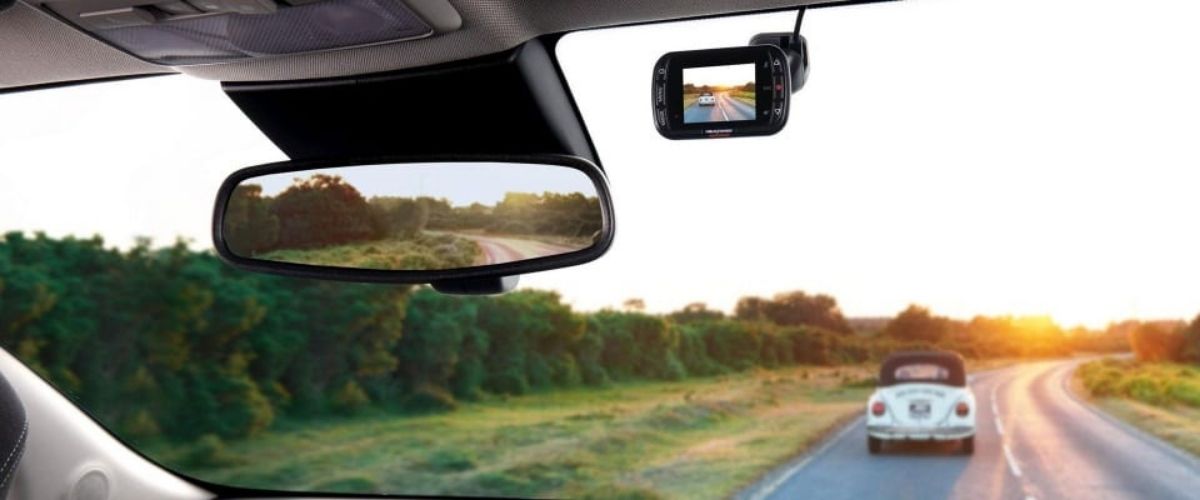
Dashcams fitted with intelligent parking mode switch on and record when they detect any movement - which helps deter criminals.
Look for the Nextbase Series 2 dash cam range as they have this feature - prices typically start from £50 onwards.
5. Watch out for test drive thieves
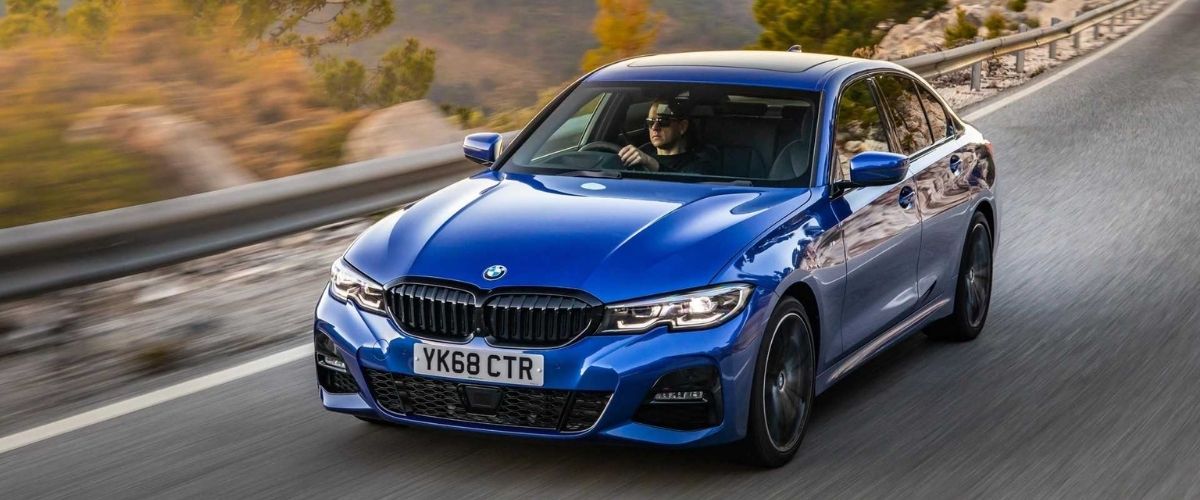
If you are selling a vehicle and a potential buyer wants to test drive it, you should always insist on going with them. Some thieves are cheeky enough to pose as buyers and drive the car away by themselves, never to be seen again!
It would be best if you also insisted on seeing their insurance and driving licence before the test drive, and ideally, bring a family member or friend along as well.
6. Keep your car interior clear

We advise keeping the interior of your car clear of ALL valuables like smartphones, dashcams, DVD entertainment systems, sat navs and money. While this seems like obvious advice, even having items such as a bag, coat, and spare coins on display is enough to tempt a thief to break into your vehicle.
If you need to store accessories such as the above in your car, keep them in the boot.
It's best to remove evidence that shows electronic devices are stored in the car by keeping charging cables or mounting brackets in the boot. You might also want to leave your glove box or a central storage compartment open (providing they are empty) to make it obvious to a thief that nothing of note is kept there.
It's tempting to keep vital documents such as your car insurance details, vehicle logbook or your driving licence inside the vehicle's glovebox. However, if your car or van gets stolen, criminals can use such documents for fraudulent activities.
7. Don't leave keys near your letterbox
.jpg)
It's common for many car owners to keep their car keys near their front door. However, thieves are also known to hook or grab car keys through people's letterboxes using long sticks if the keys are situated close to the door. Try to keep your keys out of reach from any doors or windows, so no criminal is tempted to try and steal them.
8. Fit a GPS tracking system
![]()
While we cannot always keep our eyes on our cherished motor all of the time, thankfully, some devices will do it for us. GPS trackers are no longer used by owners of supercars, as anyone can now purchase them for less than £50.
One of the key reasons for using GPS trackers is tracking your vehicle down after criminals have stolen it. Providing a car thief doesn't spot the device and deactivate it, the owner can see exactly where the car ends up.
GPS trackers aren’t just helpful for finding your car if thieves have stolen it. The latest trackers can inform you about your driving, calculate your business mileage and help you discover where you parked in a vast multi-storey car park.
Parents of inexperienced and young drivers can also use GPS trackers to check their teens remain safe and don't get lost on their travels.
9. Securely park your vehicle

Deciding where to park can have a significant impact on the safety of your car. Finding a suitable place to park your vehicle can lessen your vehicle's chances of being broken into, so don’t just park in the first space you see.
Some parking areas are more susceptible to crime, and locations play a crucial role in calculating car insurance premiums. Where possible, you should try to park in well-lit areas and where your car is in view of pedestrians or CCTV.
Parking at home
When parking at home, you should try to park your car as close to your home as possible. The best place to park your vehicle is either in your garage or on your driveway. However, if you can't do either, try and park in line with your window so you can keep an eye on it. Criminals are less likely to attempt to steal a vehicle that homeowners and passersby can easily see.
Car parks
When parking in a car park, try and find one which has received the 'Park Mark Award'. In the UK, a quarter of car parks have achieved the Park Mark Award, that's an estimated 5,000 out of 17,000 - 20,000 car parks across the country
For a car park to receive the 'Park Mark Award', the car park undergoes a thorough evaluation by specially trained police assessors. It is the car park that gets the award, not the organisation. This is because organisations, such as large private companies or local authorities, can have many car parks, but not all of them will pass. The car parks that do achieve the award have management practices and security measures assessed, and these practices actively reduce crime.
You can find car parks with the 'Park Mark' accreditation at train stations, universities, hospitals, town centres, shopping centres, supermarkets, leisure centres, banks, and office blocks.
Enter the postcode into the Park Mark website, and it will provide you with a list of nearby car parks.
If can't park your vehicle in a car park awarded with 'Pass Mark', try to find a well-lit car park that has plenty of other cars nearby and CCTV. It's good to park amongst other vehicles, and while it might be more hassle to do so, it makes it more difficult for thieves to steal a car surrounded by other vehicles than one that is parked on its own.
Parking on the road
When parking on the road or a side street, you should try and park in a public area or a place where CCTV or passing pedestrians can see your vehicle. If your car or van is in public view, criminals might be less inclined to try and steal it.
10. Prevent vehicle component theft
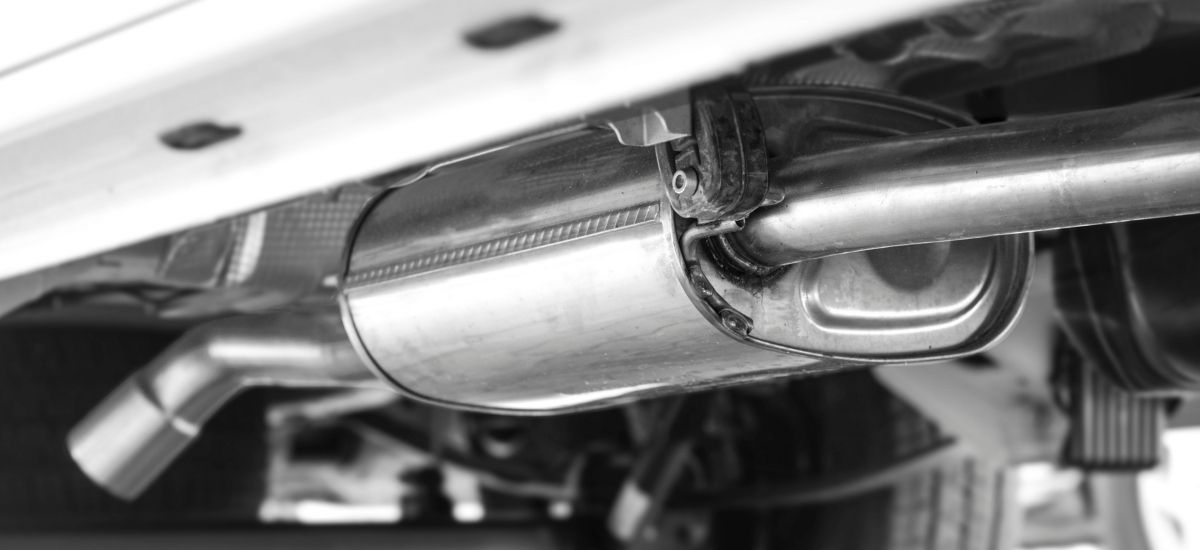
Your car has a lot of valuable components, and parking it outside where thieves can discreetly access it makes it a target. While some break-ins are due to thieves targetting expensive electronic devices or wallets, car thieves also steal parts of the car itself (especially as the cost of car parts continues to rise). These are the most commonly stolen car parts you’re at risk of losing.
Catalytic convertors
Catalytic converters are fitted to most cars and change gases, such as carbon monoxide, into less harmful emissions.
Thefts of catalytic converters from vehicles have surged more than 100% in the UK in the last two years and are supported by international criminals' networks.
Why do thieves mainly target this car part? Catalytic converters are made up of valuable metals like rhodium, platinum and palladium, and it is estimated that some converters contain up to £1,000 worth of metals.
Prices of rhodium and palladium are still rising due to supply and demand issues. Palladium used to be cheaper than gold, but now it's valued at around £45 per gram, which is around the same price as the yellow metal. A few months ago, palladium was a quarter more the cost than gold.
Rhodium is currently the most expensive metal in the world. In August of this year, rhodium was valued at £543 per gram, making it thirteen times more costly than gold.
If you drive a hybrid vehicle, please be aware that criminals prefer to steal catalytic converters from these models. This is because catalytic converters in hybrid cars are much less corroded than other vehicle types and contain a higher concentration of higher value precious metals.
Unfortunately, the dramatic increase of catalytic converter theft has left thousands of motorists across the UK facing repair bills averaging £1,300, with over £900 of the cost being replacement parts. In some instances, criminals saw off converters from the underside of vehicles, leaving irreversible damage that results in the cars being written off.
Please read our tips on how to try and avoid your catalytic converter from being stolen.
Batteries
Thieves have been known to wedge a lever under the hood and pry it open so that they can steal items from the engine to sell for scrap metal - especially the battery. A criminal can resell a newer, working battery for decent money, and even old batteries have value with their abundance of lead.
Wheels
Although you don't see or hear it happening much these days, thieves will steal wheels from a vehicle if they have a wrench and a set of cinder blocks. Why do criminals remove wheels (apart from their glee in stranding someone)? Because they can resell the rims and tyres second-hand - even more so when it's a set of nice chrome rims.
What to do if your vehicle is stolen
While the above tips and advice will help reduce the chances of your vehicle being stolen or broken into, unfortunately, it doesn't guarantee that it won't happen.
Should the worst happen and you find your vehicle has been stolen, this is what we advise you should do:
Inform the police
You should inform the police using the non-emergency 101 number, although if you consider the situation an emergency, use 999. The police may choose to deal with the incident over the phone instead of sending an officer out. Either way, the police should provide you with a crime reference number.
You need the crime reference number when you inform your motor insurance company about the theft of your vehicle or if you want to claim back the vehicle tax. The police should notify the DVLA about the theft and if the car has been recovered.
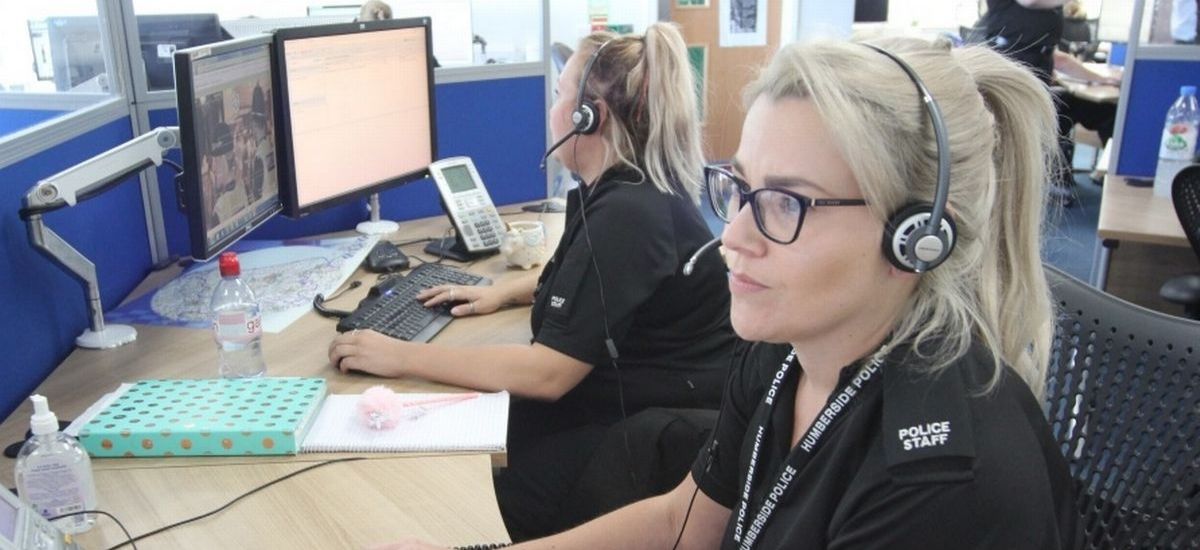
Inform your insurance company and the DVLA
After the theft of your vehicle, you should report it to your motor insurance company as soon as possible and keep them informed of any developments. The insurance company should explain the next steps and what actions you need to take to make an insurance claim.
If your insurance company pays your claim, you need to contact the DVLA and confirm you are no longer the vehicle owner. You can do this by:
- Completing section 9 of your V5C registration document and send it to the DVLA along with a letter stating when the payment was accepted, include the details of the insurance company, or
- online via the link https://www.gov.uk/sold-bought-vehicle
You then need to send the remaining part of the V5C to your insurance company. If your insurer asks you to send the whole V5C document to them, send a letter to the DVLA providing details of the insurance company, the date of the claim and the following information about your vehicle:
- registration number
- make
- model
- colour
You must also include your signature.
DVLA contact details are as follows:
Customer enquiries: 0300 790 6802
Monday to Friday: 8am to 7pm
Saturday, 8am to 2pm
or write to:
Vehicle Customer Services
DVLA
Swansea
SA99 1AR
The DVLA will cancel your car tax when you inform them that you no longer own the vehicle. If necessary, this includes cancelling your direct debit.
What to do if your leased vehicle is stolen
You need to contact the finance provider of your leasing agreement to let them know the vehicle was stolen. Please note that the finance provider will continue to charge you the usual monthly rental fee until the issue has been resolved.
The insurance provider and the finance company will discuss a potential settlement, and once the amount is agreed upon, you should receive confirmation that the issue has been settled.
Suppose the finance company and insurance provider fail to reach an agreed valuation, falling short of the settlement figure. In that case, you are financially and legally responsible for paying the financial shortfall between the agreed amount paid by your insurance company and the amount required to terminate the contract.
You can protect yourself against this risk by taking out a Guaranteed Asset Protection (GAP) policy. Please read our "What is GAP insurance" guide for more information on GAP insurance.
